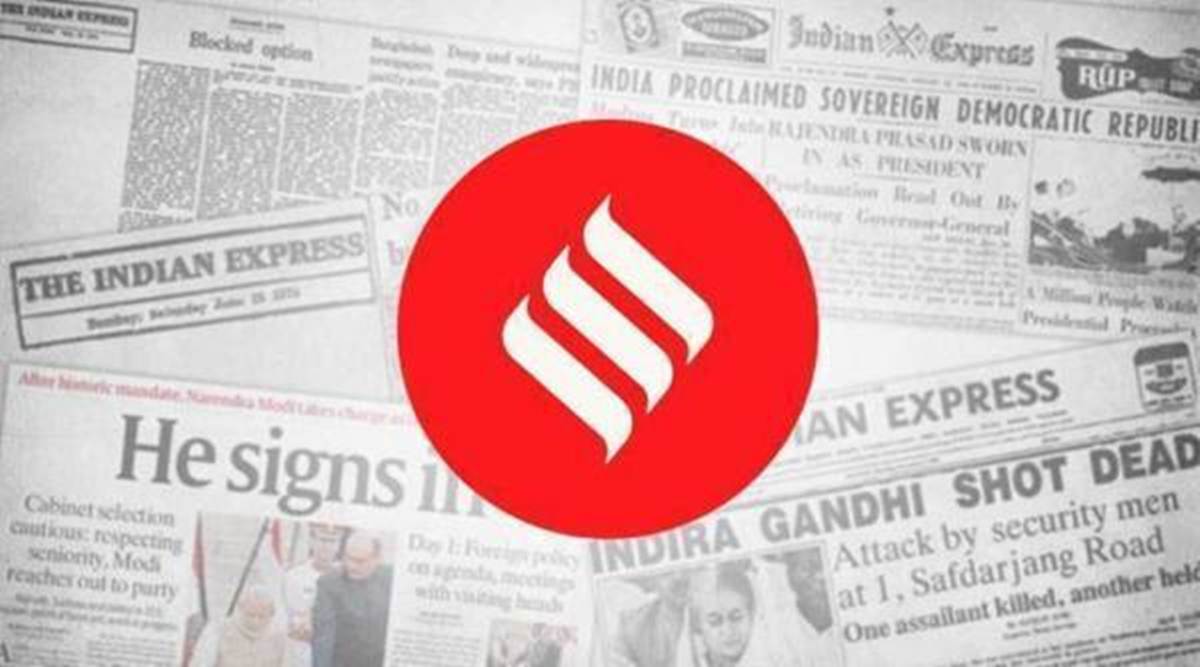 On Monday, Brent crude oil price rose around 10 per cent in the morning, and was trading around $130/bbl, amidst reports that the US and European countries were going to impose a ban on Russian oil imports.
On Monday, Brent crude oil price rose around 10 per cent in the morning, and was trading around $130/bbl, amidst reports that the US and European countries were going to impose a ban on Russian oil imports. On Monday, the BSE Sensex fell 1,491 points, ending the day down 2.74 per cent. Since February 24, when Russia invaded Ukraine, the Sensex has fallen around 7.6 per cent as investor sentiment has soured. While there are noticeable outliers amidst the carnage — commodity stocks such as ONGC, Hindalco and Coal India were trading up on Monday, as were IT majors such as Infosys and HCL Tech — the decline appears to be broad-based. The BSE small and mid-cap indices are down 2.01 per cent and 2.25 per cent, respectively, over the past five days. Foreign investors have remained sellers. The VIX or the volatility index was also up, indicating growing uncertainty. The Indian currency is under pressure – the rupee fell to an all-time low against the dollar, hovering around the 77 mark on Monday. Investor sentiment has soured across the world. On Monday, most markets in Asia also witnessed decline — the Nikkei was down 2.94 per cent, Hang Seng fell by 3.87 per cent, while KOSPI was down 2.29 per cent.
An immediate consequence of this conflict has been the sharp spurt in the price of crude oil. On Monday, Brent crude oil price rose around 10 per cent in the morning, and was trading around $130/bbl, amidst reports that the US and European countries were going to impose a ban on Russian oil imports. Considering that India imports around 80 per cent of its oil requirement, this rise in crude oil prices has consequences. Higher crude oil prices will impact growth, will be inflationary and will exert pressure on the current account and fiscal deficit. However, investor sentiment in emerging market economies had begun to sour even before this conflict with expectations that the US Federal Reserve would hike rates aggressively this year to help cool down inflation which is at its highest level since the 1980s. Foreign investors had already begun to reposition their portfolio, taking out money from emerging markets. Though the ongoing conflict in Ukraine has injected a degree of uncertainty in the global macroeconomic environment, a few days ago, Federal Reserve chair Jerome Powell restated the position that the Fed was on track to raise interest rates and reduce the size of its balance sheet, tightening global financial conditions.
After the current bout of correction, the Sensex is currently trading at a price to earnings ratio of 23.08, marginally higher than its long-term average. Its current market capitalisation to GDP ratio is also higher than its long-term average. Valuations may be further impacted if earnings get affected. But while the full economic consequences will be visible with a lag, the longer the conflict between Russia and Ukraine persists, greater will be the economic burden on the Indian economy.
- The Indian Express website has been rated GREEN for its credibility and trustworthiness by Newsguard, a global service that rates news sources for their journalistic standards.

